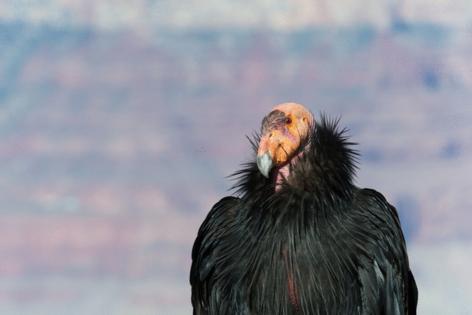Once there were only 22 condors left on Earth; the LA Zoo just hatched 10 chicks
Published in News & Features
Earlier this month, wildlife enthusiasts were excited over a pair of young bald eagles that flew out of their nest for the first time, hovering high above Big Bear Lake.
This week, the focus is on 10 condor chicks that were hatched at the Los Angeles Zoo, making them eligible to be released into the wild to help restore the state's depleted condor population.
"This year's chicks will eventually help increase the genetic diversity of the wild population of condors," Denise Verret, chief executive and director of the Los Angeles Zoo, said in a news release. "This iconic species represents a conservation win for Los Angeles and for California."
Four of the chicks are being raised under a double-brooding method, which means two chicks are being raised at the same time by two surrogate California condors, according to the release. The Los Angeles Zoo was the first zoo to use this breeding technique.
"The L.A. Zoo's leadership in breeding California condors clearly demonstrates the marriage between conservation and animal husbandry," Misha Body, deputy director of animal programs for the Los Angeles Zoo, said in the release. "The care and well being that our animal care team provides continues to be innovative and advances the success of the condor program every year."
All of the chicks bred at the zoo are eligible to be released into the wild as part of the zoo's California Condor Recovery Program, although some of them may be held back for future breeding, the release states.
Condors are under threat from lead poisonings and other toxins. According to a 2022 study, there were 40 DDT-related compounds — or chemicals that had made their way to the top of the food chain from contaminated marine life — found in the blood of wild California condors.
There were only 22 California condors left on Earth when the California Condor Recovery Program started four decades ago. As of 2024, there were 561 condors, with 344 living in the wild. The species remains critically endangered.
_____
©2025 Los Angeles Times. Visit latimes.com. Distributed by Tribune Content Agency, LLC.







Comments